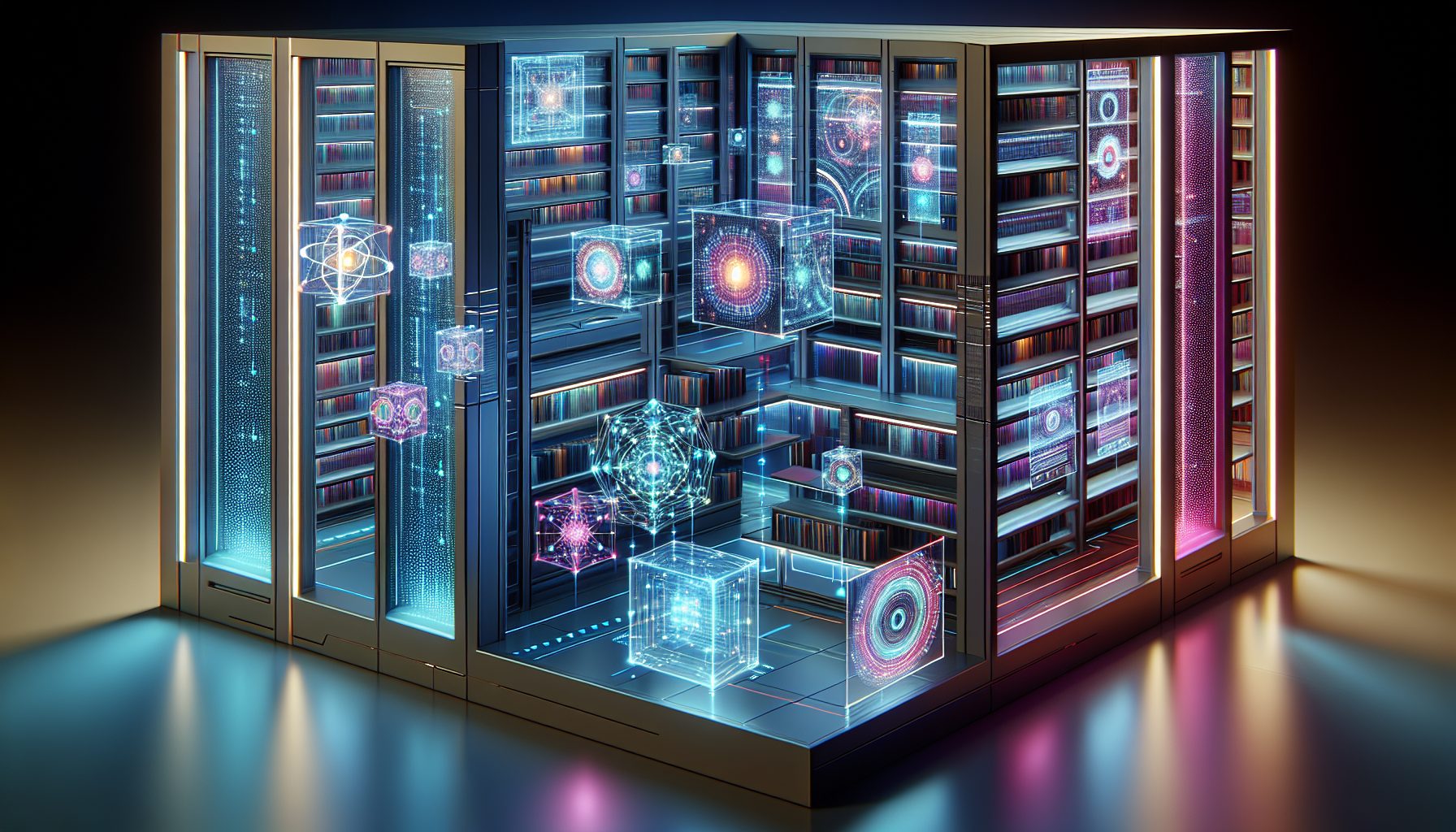The development of AI technologies and AI-powered tools are influencing the whole education system. It is easier than ever to find the right answers to the complex math problem or test questions on chemistry: you can just ask your AI-assistant and get the correct answer in seconds.
Furthermore, you don’t even need to go to the MBA essay writing service to order paper assistance anymore. Nowadays, it’s enough to just ask ChatGPT or another AI-powered tool to write an academic paper for college, and the job will be done in a few minutes max. So, academics desperately need a solution, and here is when AI detectors come to the rescue!
What Is an AI Content Detector?
We are all using AI more and more. We are all aware of ChatGPT’s trademark wordiness, so it can be easy to recognize an AI-penned post at times. However, by providing prompts with appropriate input, we can teach them to write like humans. It is becoming increasingly difficult to differentiate between human-written and computer-generated content, affecting many industries, including education as well.
AI content detectors are algorithms developed to identify AI-generated text. They use machine learning, computational linguistics, and natural language processing to determine the intricate text characteristics generated by artificial intelligence.
How Do AI Detectors Work?
Most AI detectors utilize language models comparable to those tools to identify AI writing. In essence, the language model examines the input and inquires, “Would I have written something similar to this?” If the response is affirmative, it deduces that AI likely generates the text.
To be more precise, the models scan texts for two characteristics: perplexity and burstiness. As these two variables decrease, the likelihood of the text being generated by AI increases.
The developers of ChatGPT, OpenAI, have hinted at a “watermarking” method that could allow other systems to positively identify AI-generated content by adding an invisible watermark to it. But the system hasn’t been built yet, so we don’t know how it could function. Additionally, it is unclear if the suggested watermarks will be retained when editing the produced text. So, we don’t know quite yet, but this could be an excellent approach to AI detection down the road.
It would be wise to remember that AI detectors can’t guarantee the ultimate accuracy and often can make mistakes. We highly recommend not judging the student or content writer based only on the detector’s verdict.
Main Reasons Why AI Detection Is Important for Education
- Saves time. When it comes to grading and assessing student work, artificial intelligence content detection software can be a huge time saver for educators. Educators can save time and avoid human error by utilizing AI techniques to detect plagiarism or unoriginal writing automatically.
- Maintains academic integrity. Helping to preserve academic integrity is one of the main advantages of using AI content detection in education. Educational institutions can guarantee that students’ grades and degrees are fair reflections of their abilities and knowledge by requiring them to present original work.
- Increases student accountability. AI content detection techniques can hold students more responsible. When students are informed that their work is being reviewed, the likelihood that they will attempt to avoid cheating or plagiarizing increases.
- Improves writing skills. Students can further enhance their writing abilities by using AI content identification technologies. By taking the time to research and compose original content, students are motivated to improve their writing skills when they know their work is being verified.
- Develops critical thinking. Additionally, AI content identification systems have the potential to inspire students to think critically. Students who are informed that their work will be carefully reviewed are more inclined to seriously consider the sources they are using and critically evaluate how to incorporate them into their work.
- Provides feedback. Educators and students benefit from the instantaneous feedback AI content detection systems provide. Teachers can see when students have exploited AI and provide constructive criticism to help them become better writers and researchers.
- Offers customization. Tailoring AI content detection technologies to a college’s unique requirements is possible. For instance, teachers can permit specific AI writing tools in certain classrooms.
- Reduces cheating. If AI content detection tools are used, there will be less cheating. Students are less likely to plagiarize or cheat when they are aware that their work is being examined, which helps to ensure that all students are on an equal footing.
- Supports online learning. The importance of artificial intelligence content detection has grown as more schools focus on online education. Verifying that student-submitted work is authentic, written by the student, and free of plagiarism can be challenging when students use electronic submission methods.
- Loss of creativity skills. The increased usage of AI-generated information could negatively impact students’ ability to think creatively. The capacity to think creatively is an essential skill for success in many fields; students who put too much faith in AI-powered technology risk losing this skill. Several time-honored educational pursuits are invaluable for students’ future growth. For instance, creative writing enhances self-confidence, self-expression, creativity, and imagination. Not only does writing encourage creativity, but it also improves one’s communication skills, vocabulary, narrative ability, and more.
The Bottom Line
AI content detection is critical for steady academic writing and the whole education system in general. Verifying the source of content (either AI-generated or plagiarized) is essential because we will need a new education system. AI detectors can partially solve the issue, but they still lack accuracy and can’t be used for unconditional judging.
Most modern AI detectors can determine the raw generation results but struggle to find paraphrased content. The most severe detectors are less likely to miss AI but produce a huge number of false positives. Wrongly accused students will definitely be devastated, so it is vital to maintain a balance between revising and judgment.









